Learning the Hip Hinge
If you’ve watched a Louie Simmons video and heard “Back, back, back, back…” or a Pavel video correcting form with “hips back” or “load the hips”, then you have been exposed to the hip hinge.
The hip hinge, generally speaking, is any flexion / extension movement originating at the hips where there is a posterior weight shift. It most cases, you’ll see it in a closed kinetic chain movement where the torso is loaded as in Romanian deadlifts, rack pulls, power cleans, box squats, good mornings , deadlifts or kettlebell swings.
Unfortunately, many lifter’s find the basic hip hinge pattern a difficult form to master. Typically, that is because most people are quad dominant, have hip mobility issues, have tight hamstrings or they just generally have a weak core or inability to stabilize their torso. The lifter either shifts the weight to their quads or end up doing endless sets with bad form, which eventually leads to a back injury.
But, if you learn how to hip hinge properly and become proficient at the pattern, you’ll be able to engage the pattern with progressive overloading, and not only that, but do so with integrity. This is important because strength of the posterior chain, mobility at the hips and strength mobility at the hips forms the basis for all ground-based movements. Developing the skill to effeciently perform the hip hinge will carry over in the gym to your lifts and improve your potential performance on the field.
How to Perform the Hip Hinge
The common cues that you’ll hear is “hips back”, “load the hips” or “unlock the hips” when someone is teaching the hip hinge. I use them too and these seem to work really well. I’ve also seen various teaching cues from other coaches. Brett Jones has a lifter setup facing away from a wall, at approximately one foot away. He tells them to pick up a kettlebell located between their feet, slightly behind midline, by touching their butt on the wall. Bret Contreras has a video showing just the simple act of “sitting back” onto a bench can drill the hip hinge pretty effectively.
Remember, different cues work for different lifters. And you never want to load the hip hinge until appropriate core strength, neutral posture during hip ext/flexion, proper breathing and proper patterning can be demonstrated.
Hip Hinging Like a Beast
Romanian Deadlift
Good Mornings
Kettlebell Swings
The Hip HingeSimple Patterning with a Reverse Hyper
In this video you’ll see how you can pattern the hip hinge, very simply, by using a reverse hyper. Is this the only way? Of course not. An elastic band anchored to the power cage on the low pulley attachment on the cable stack can also be used. What you are trying to achieve is the posterior weight shift, hinging at the hips and maintaining a neutral torso from the head, to the butt.You will also see me demonstrate two different foot positions. I like to use both to target different aspects of the posterior chain.Matt Ladewski, a powerlifting and guest in the video, shows his awesome variation. By placing the belt around the back of the head, your forcing a very powerful (neutral) lockout. He is also maximizing the intensity by increasing the moment arm on the lever. Try Matt’s variation with a band around the back of your neck!
By Smitty on August 17th, 2011
FREE DIESEL NEWSLETTER
- Discover Pain Free, Joint-Friendly Training
- Get Super Effective Workouts and Programs
- Inspirational Life Lessons Each Week
- Effective Habits For Busy Entrepreneurs






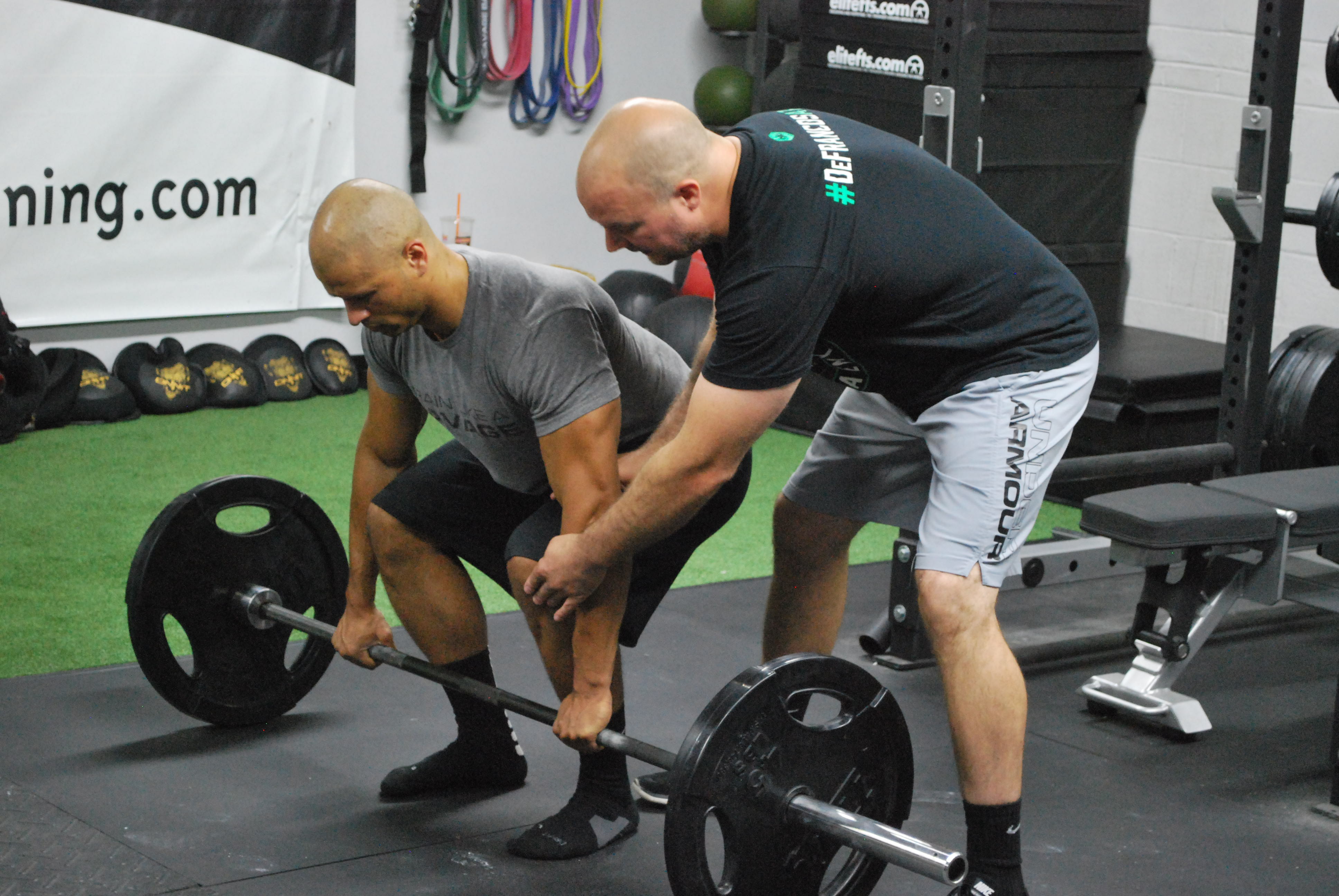
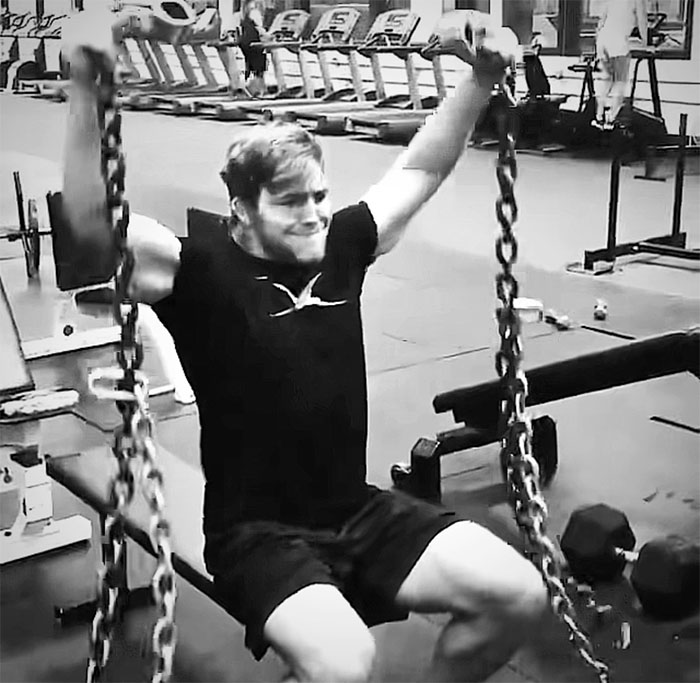
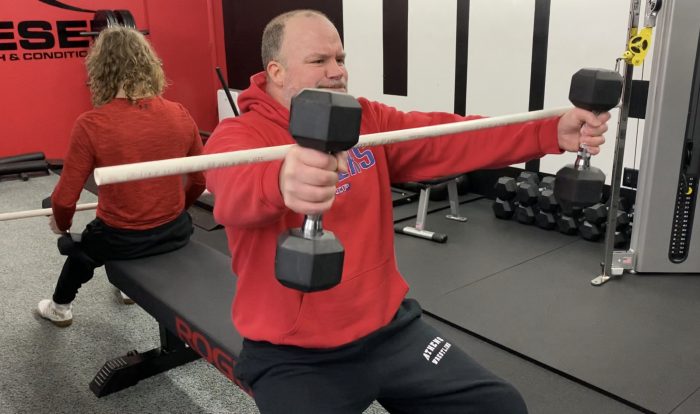
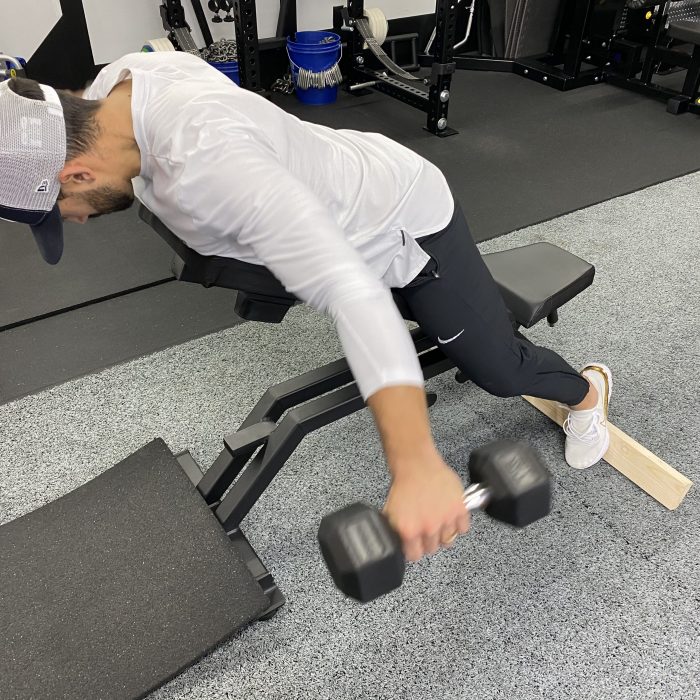
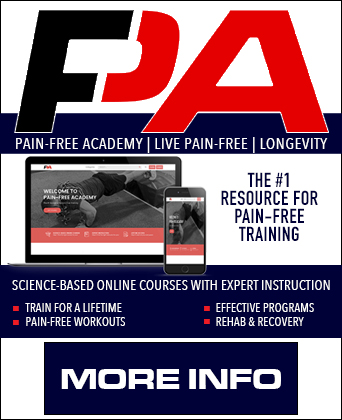

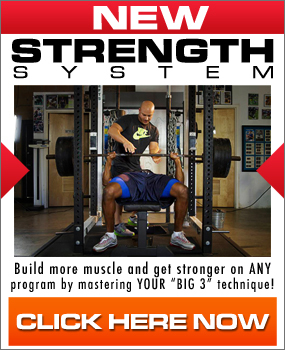
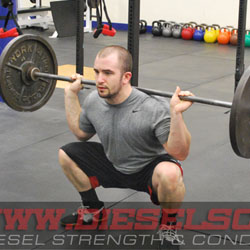


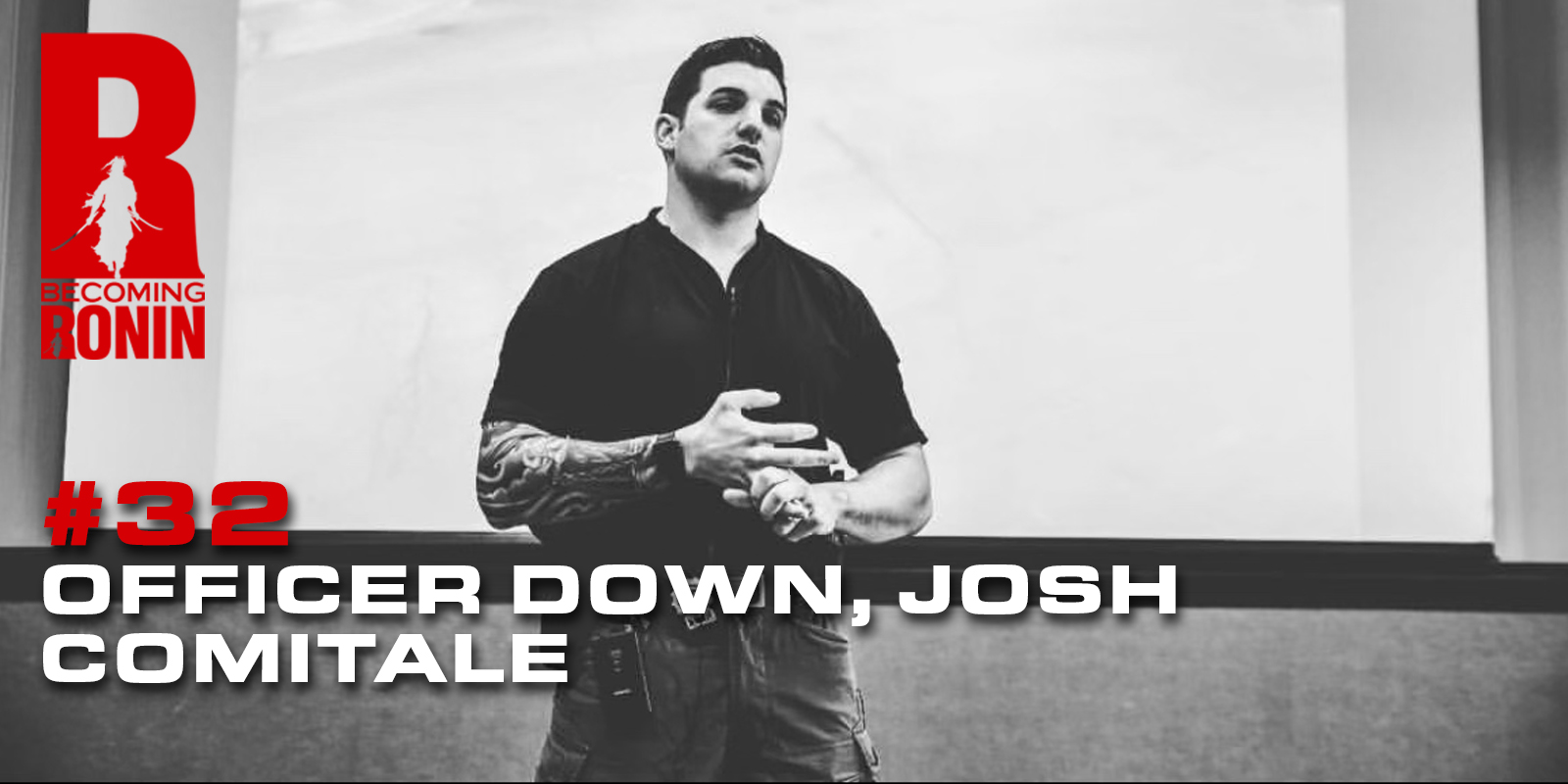
Excellent, compact and to-the-point article, Smitty! I think the information given will be extremely benefitial to most lifters/athletes! Thanks a lot!
All the best from Germany!
Mike
It’s all about the hips! More specifically the GLUTES! Great article Smitty, Thanks!
The “phrase that pays” in my facility: Push the tush to recruit the glute! Hips are DEFINITELY where it’s at!